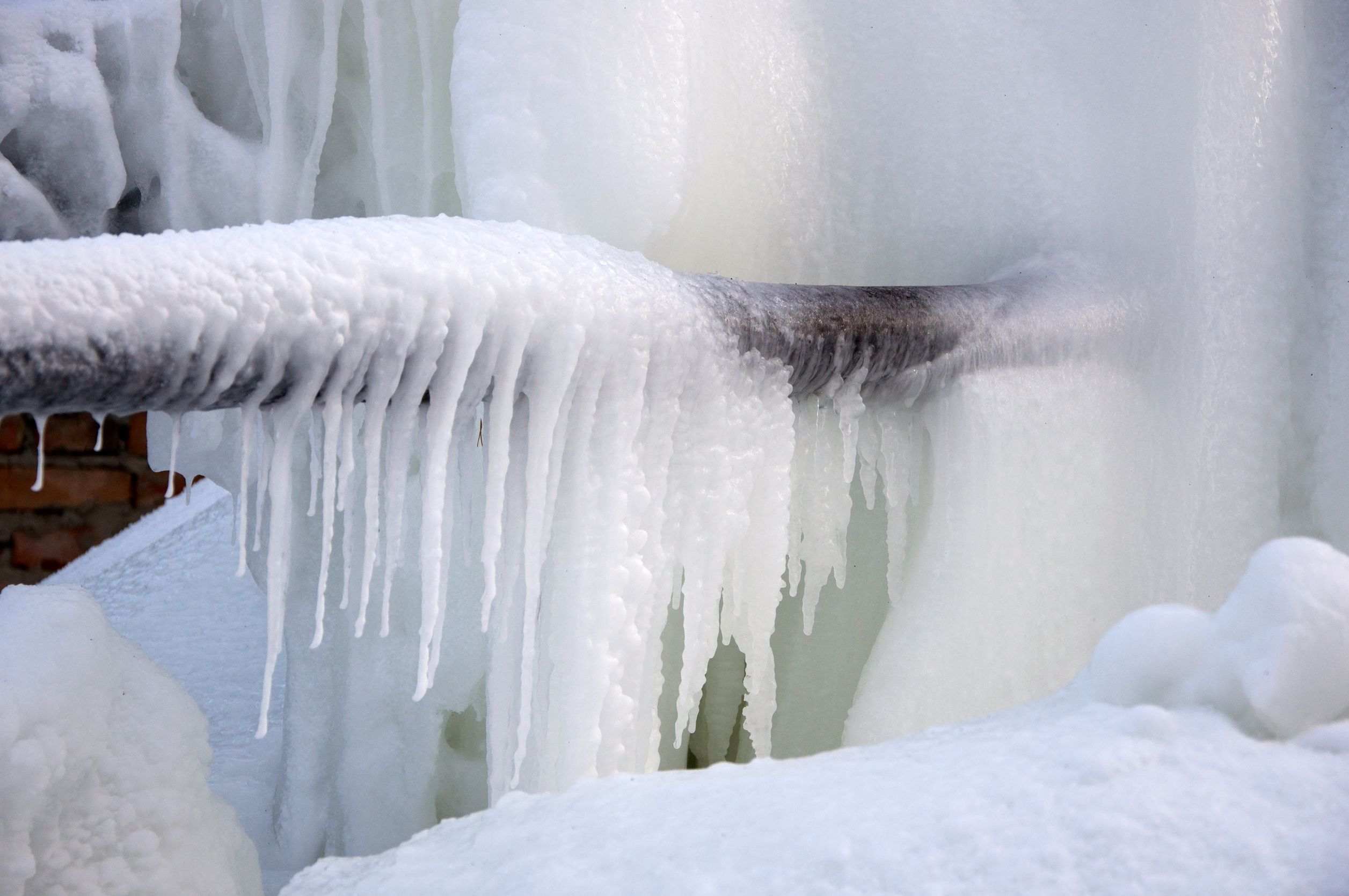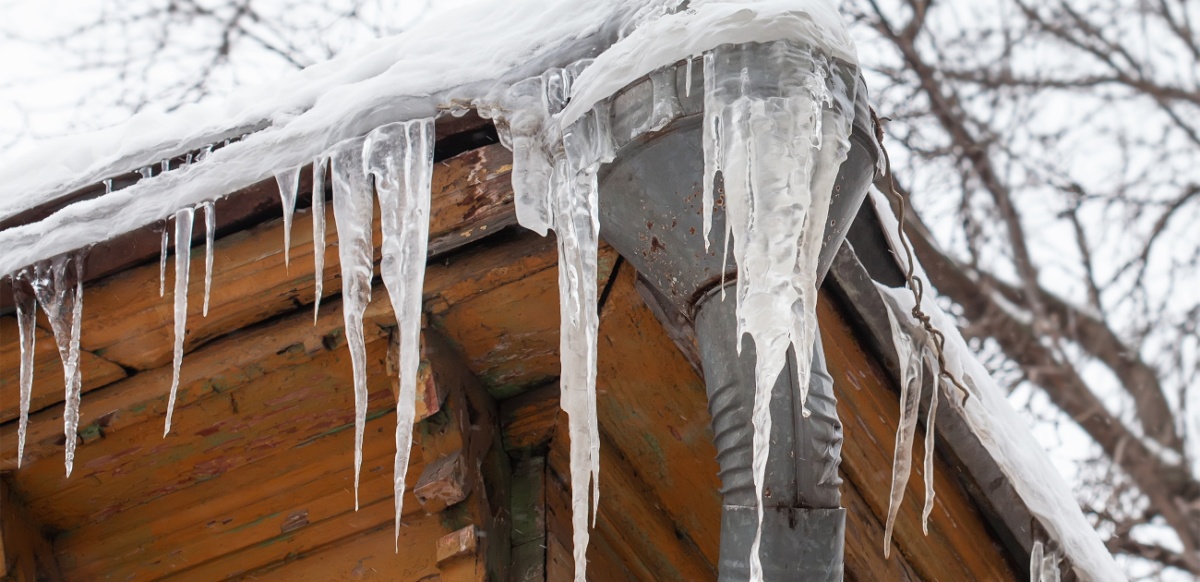Just how do you actually feel about Helpful Tips to Prevent Frozen Pipes this Winter?

Cold weather can wreak havoc on your pipes, especially by freezing pipelines. Here's exactly how to stop it from occurring and what to do if it does.
Introduction
As temperatures decline, the danger of icy pipelines boosts, potentially causing costly repairs and water damages. Comprehending how to stop frozen pipelines is vital for property owners in cold environments.
Understanding Icy Pipes
What causes pipes to freeze?
Pipes freeze when revealed to temperature levels below 32 ° F (0 ° C) for expanded periods. As water inside the pipes ices up, it expands, taxing the pipe walls and potentially creating them to break.
Dangers and damages
Icy pipelines can lead to supply of water disturbances, residential property damage, and expensive fixings. Ruptured pipes can flood homes and create substantial structural damage.
Indications of Frozen Piping
Determining frozen pipelines early can prevent them from breaking.
Exactly how to recognize frozen pipelines
Look for decreased water flow from faucets, unusual odors or sounds from pipes, and noticeable frost on exposed pipes.
Prevention Tips
Insulating vulnerable pipelines
Wrap pipelines in insulation sleeves or make use of warm tape to protect them from freezing temperature levels. Focus on pipes in unheated or external areas of the home.
Heating strategies
Keep interior areas adequately warmed, particularly locations with pipes. Open cabinet doors to allow cozy air to flow around pipes under sinks.
Shielding Outside Pipes
Garden pipes and exterior faucets
Detach and drain pipes garden hoses prior to wintertime. Mount frost-proof faucets or cover outside faucets with insulated caps.
What to Do If Your Pipes Freeze
Immediate actions to take
If you presume frozen pipes, maintain taps open up to alleviate pressure as the ice thaws. Make use of a hairdryer or towels taken in warm water to thaw pipelines slowly.
Long-Term Solutions
Architectural adjustments
Think about rerouting pipes far from exterior walls or unheated areas. Add added insulation to attic rooms, basements, and crawl spaces.
Upgrading insulation
Invest in high-grade insulation for pipes, attics, and wall surfaces. Proper insulation helps keep consistent temperatures and reduces the risk of icy pipes.
Verdict
Protecting against frozen pipelines calls for aggressive procedures and quick actions. By recognizing the reasons, indicators, and preventive measures, home owners can protect their pipes during winter.
5 Ways to Prevent Frozen Pipes
Drain Outdoor Faucets and Disconnect Hoses
First, close the shut-off valve that controls the flow of water in the pipe to your outdoor faucet. Then, head outside to disconnect and drain your hose and open the outdoor faucet to allow the water to completely drain out of the line. Turn off the faucet when done. Finally, head back to the shut-off valve and drain the remaining water inside the pipe into a bucket or container. Additionally, if you have a home irrigation system, you should consider hiring an expert to clear the system of water each year.
Insulate Pipes
One of the best and most cost-effective methods for preventing frozen water pipes is to wrap your pipes with insulation. This is especially important for areas in your home that aren’t exposed to heat, such as an attic. We suggest using foam sleeves, which can typically be found at your local hardware store.
Keep Heat Running at 65
Your pipes are located inside your walls, and the temperature there is much colder than the rest of the house. To prevent your pipes from freezing, The Insurance Information Institute suggests that you keep your home heated to at least 65 degrees, even when traveling. You may want to invest in smart devices that can keep an eye on the temperature in your home while you’re away.
Leave Water Dripping
Moving water — even a small trickle — can prevent ice from forming inside your pipes. When freezing temps are imminent, start a drip of water from all faucets that serve exposed pipes. Leaving a few faucets running will also help relieve pressure inside the pipes and help prevent a rupture if the water inside freezes.
Open Cupboard Doors
Warm your kitchen and bathroom pipes by opening cupboards and vanities. You should also leave your interior doors ajar to help warm air circulate evenly throughout your home.

I recently found that write up about Preventing and dealing with frozen pipes while doing a search on the web. Sharing is good. You just don't know, you may just be helping someone out. Kudos for being here. Come back soon.
Click Here